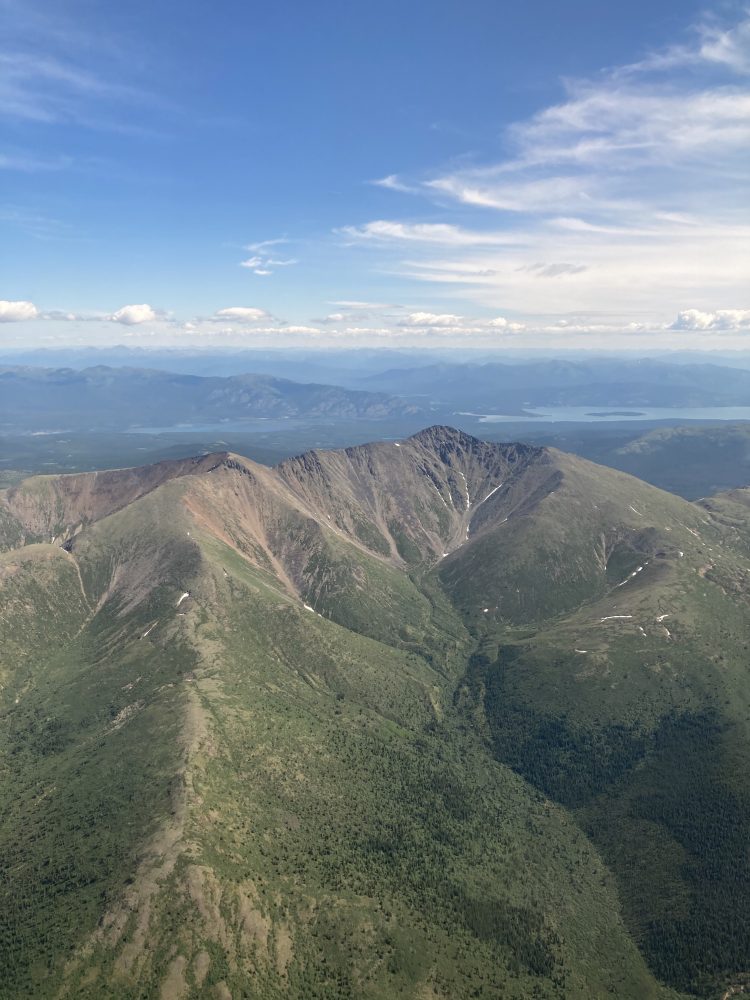WELLINGTON COUNTY – The pandemic has brought about many firsts for health care workers, but none imagined answering the call for help would lead them to a land larger than life.
Prior to stepping foot in Canada’s most north-westerly region bordering Alaska, registered nurses Matt Brown and April Pollington had never been to the Yukon.
The two were part of a larger four-person crew dispatched from Wellington-Dufferin-Guelph Public Health to help a stressed health unit manage rising COVID-19 cases in their first real wave back in June.
“It was just too good of an opportunity to not try to be part of,” Brown said, who may have given you a jab at one of the WDGPH’s vaccine clinics.
For Pollington, a case and contact manager for the health unit, her experience of coming up for air from one wave only to be drowned by the next, left her with a desire to support her staff away from home as the Yukon experienced its own rise in cases.
“I managed the case and contact management team, so I was obviously really familiar with the chaos that it can bring and trying to organize to make it through those waves is really difficult,” she told the Advertiser in an interview.
The territory was experiencing upwards of 14 new cases per day pushing the nimble public health unit into a numbers game it couldn’t win.
“As you can imagine the hospitals then became overloaded with patients … they were sharing nurses between the hospital and the vaccine clinics,” Pollington said.
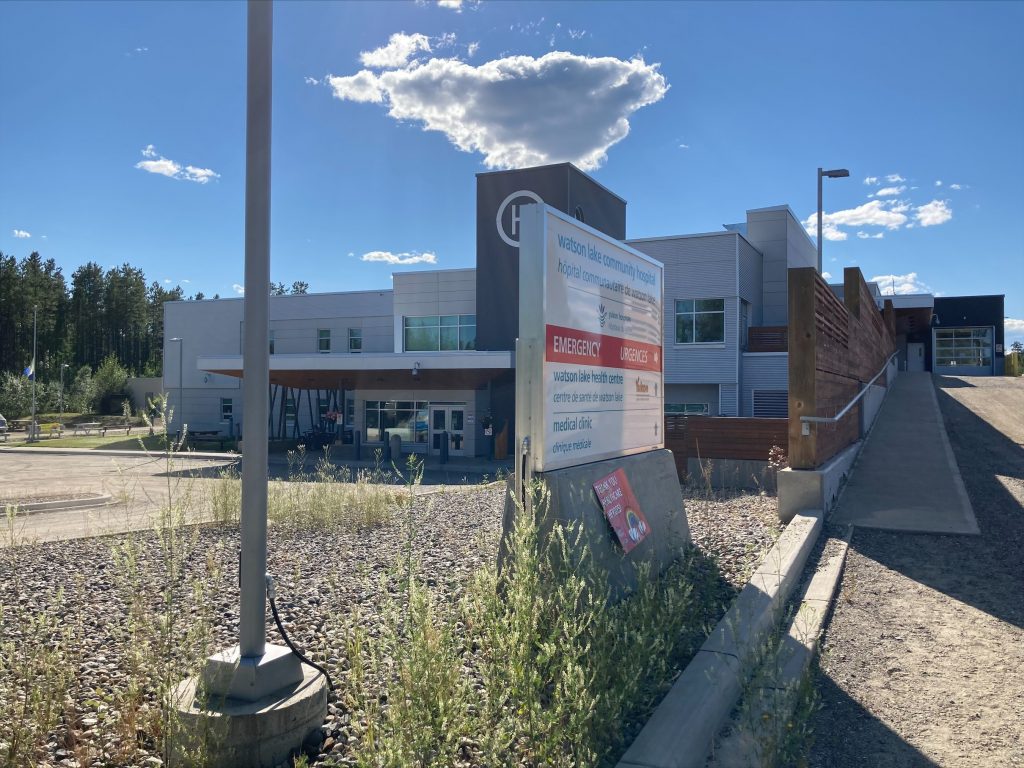
The six bed Watson Lake Community Hospital in Watson Lake, Yukon Territory. (Submitted image)
The Yukon Communicable Disease Control, with less than 10 nurses, and the only major hospital in Whitehorse with eight ICU beds combined with rising cases became a “little too heavy” to handle, leading in late June to a Canada-wide call for support.
Pollington and Brown arrived within days of each other in the territory’s capital of Whitehorse at the beginning of July.
“It was all hands on deck there in providing support for case and contact management; so completing contact tracing, assisting with outbreaks, facilitating testing, giving recommendations on isolation and things like that,” Pollington explained of her experience.
Mornings were early for Brown who worked mobile vaccination clinics—Yukon style.
Because of the vast expanse and sparsely populated space (35,874 people live across Yukon’s entire 474,712 square-kilometres; less than one person every square kilometre) Brown’s morning commutes to the clinics were made several thousand feet in the air above the rocky tundra below, the “breathtaking” scenery passing by the windows of a small Cessna plane.
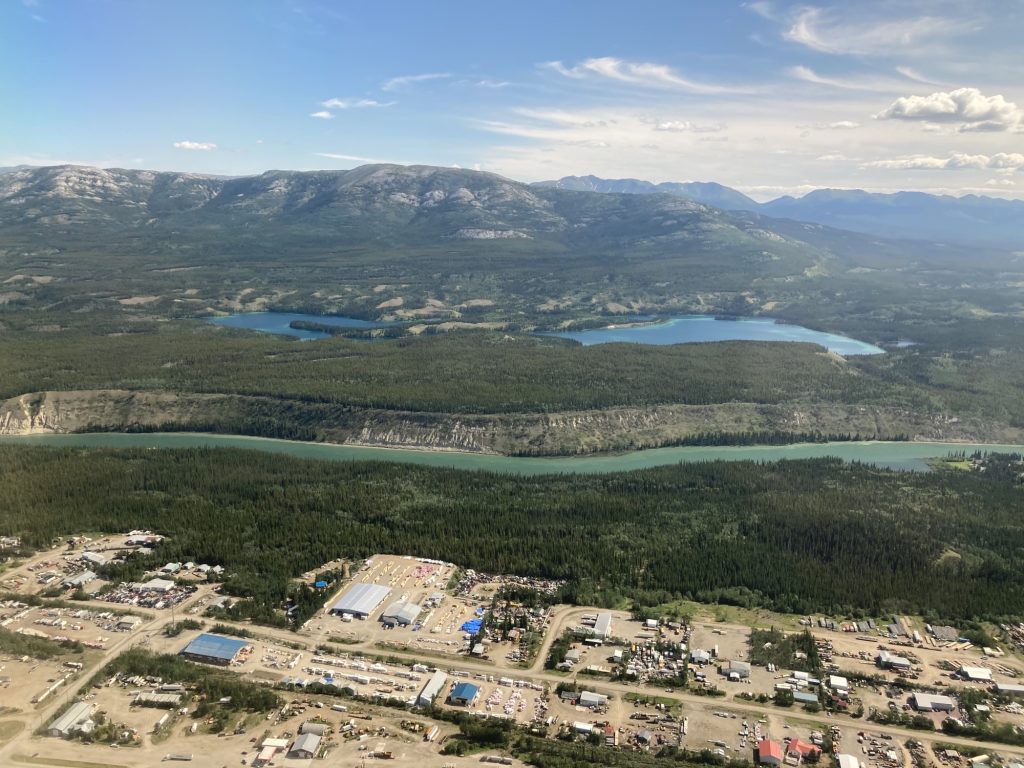
(Image submitted)
Clinics worked much the same way as here but with smaller turnouts in the remote communities.
The Yukon had one of the highest initial vaccination rates across the county and still stands in the top five, but like everywhere else, rates began to plateau.
“At this point we’re reaching those people who were a bit hesitant at first or for whatever reason felt they didn’t need to get the vaccine,” Brown said.
“Unfortunately, when some of these communities were hit with a case of COVID, that’s when we saw there was a request for more uptake of the vaccine and so that’s what in turn prompted more of these mobile clinics while I was there,” he said.
As of Aug. 19, there have been at least 60,701 jabs made between first and second vaccine doses across the territory.
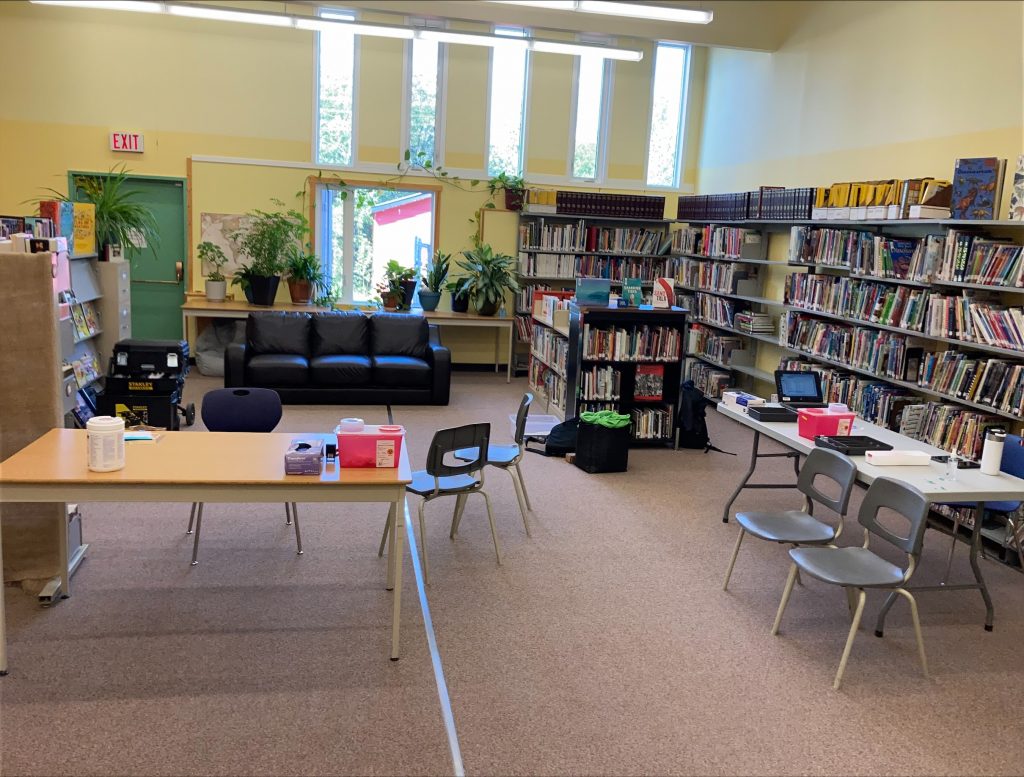
A vaccination clinic setup at Ross River School, in Ross River, Yukon Territory. (Submitted image)
Pollington said much education surrounding vaccines was done over phone and hesitancy was largely based in fear of side effects.
“I think that with the education piece, [it’s] the fact that there’s other layers that you’re dealing with in northern communities,” Pollington added, mentioning Indigenous communities where other community partners are pulled in to assist with education.
“I was so used to that everyday management of our team and our community … that when you go to these other communities, you really just need to sit back, be quiet, see how people do things and there’s always something to learn from someone else,” Pollington said.
“They were so ready and able to help and it was just really neat to see the community partners really coming together to support the population … they just have such a unique way of handling things,” she said.
When the work was done, it was time for exploring and embracing the outdoor lifestyle both said was very much a part of everyone’s lives there.
“We ended up renting cars but then by day two we realized we should have bikes instead of cars; everybody bikes everywhere or they’re walking everywhere,” Pollington said.
Yukoners’ value of interaction and taking time to get out of the city to go hiking, fishing or exploring made an impression on Brown.
“I couldn’t tell you the number of times I got invited to go fishing or go hunting or go to some cabin in the woods—that’s the one thing is [the] community made you feel like family,” Brown said.
“Everybody was more than welcoming—they were definitely grateful for the support that we were able to provide, that’s for sure.”
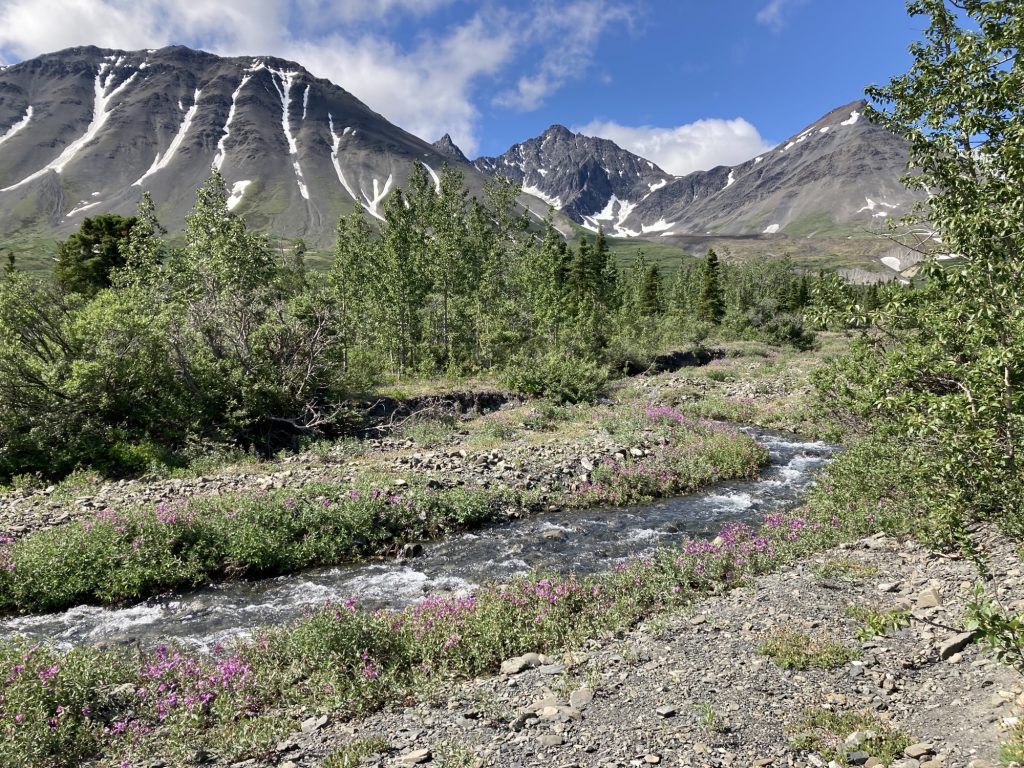
(Image submitted)
Brown and one of the other WDGPH team members also chipped in with sandbagging efforts to curb against severely rising flood waters putting some communities into a state-of-emergency in July.
“On top of having COVID to worry about, they also have their environmental factors to worry about as well,” Pollington said.
She arrived back home on July 17 and Brown followed shortly after on Aug. 5; returning to a health region nervously waiting to see what the coming weeks bring amid warnings from on high.
Looking back, Pollington said she’d be nervous to see how the health system would have fared without such a high vaccine uptake.
“I think their vaccinations helped them a lot with keeping the severity of illness down and really there’s only a select few people who were, to be honest, mostly unvaccinated individuals who ended up very sick,” she said.
As of Aug. 19, there had been 671 total cases, with 50 currently active and eight deaths. The Delta variant has also made its way into the territory as of Aug. 17 with the first two cases of the variant confirmed.
Oddly enough, Pollington said, the experience helped her to reconcile her own fear of the unknown.
“It really felt like we were kind of looking at the future,” she said, explaining vaccine expectations need to be adjusted to accept breakthrough infections.
“The difference between the vaccinated individuals and the unvaccinated is the severity of illness,” she said.
“It just kind of helps me wrap my head around the fact that COVID cases are still going to exist with full vaccination rates, but then it also kind of reinforced and made me feel really, really great about the direction we’re going in because of how much vaccines work and how you do see the effects of vaccine rates.”
“It kind of gave you that push and reinvigorated you a little bit to be like, ‘okay, there is light at the end of the tunnel, we’re going to be okay.”




